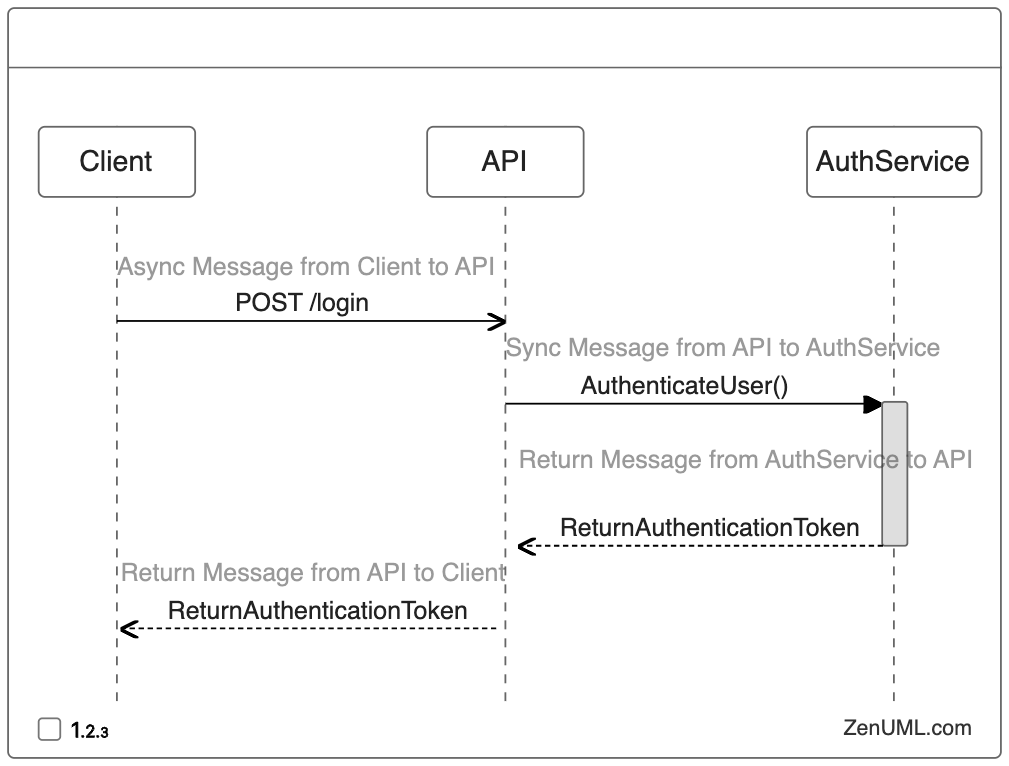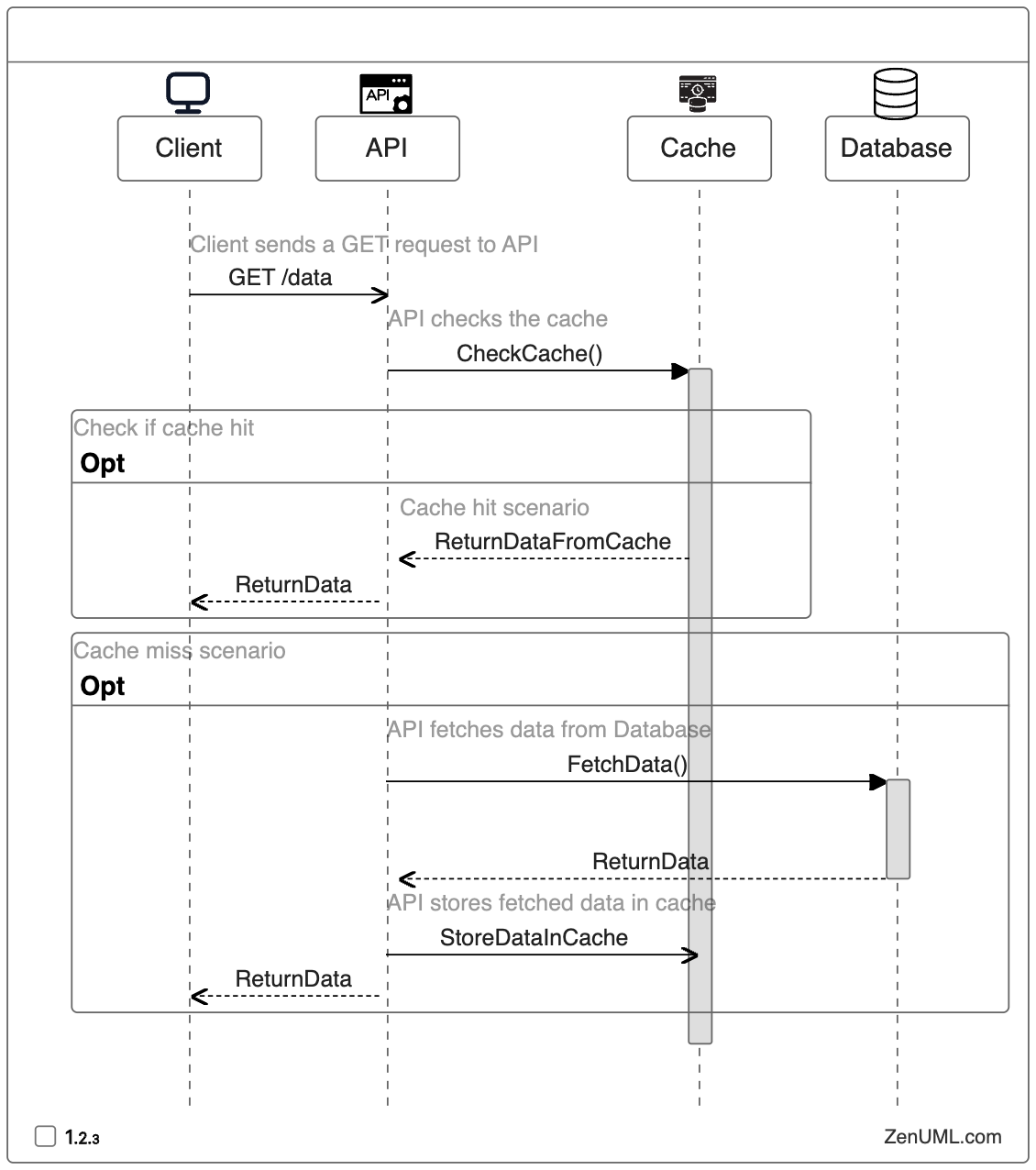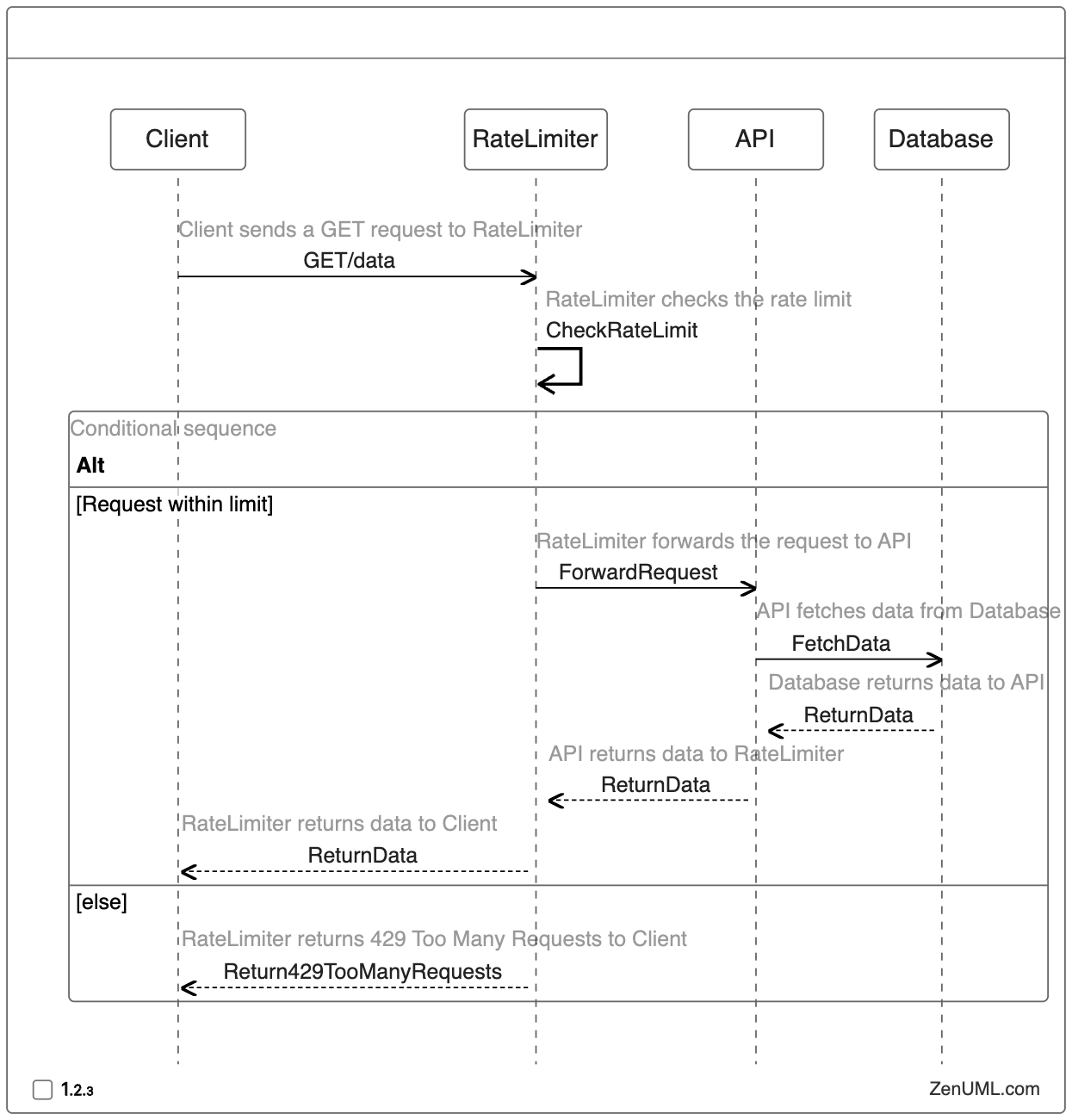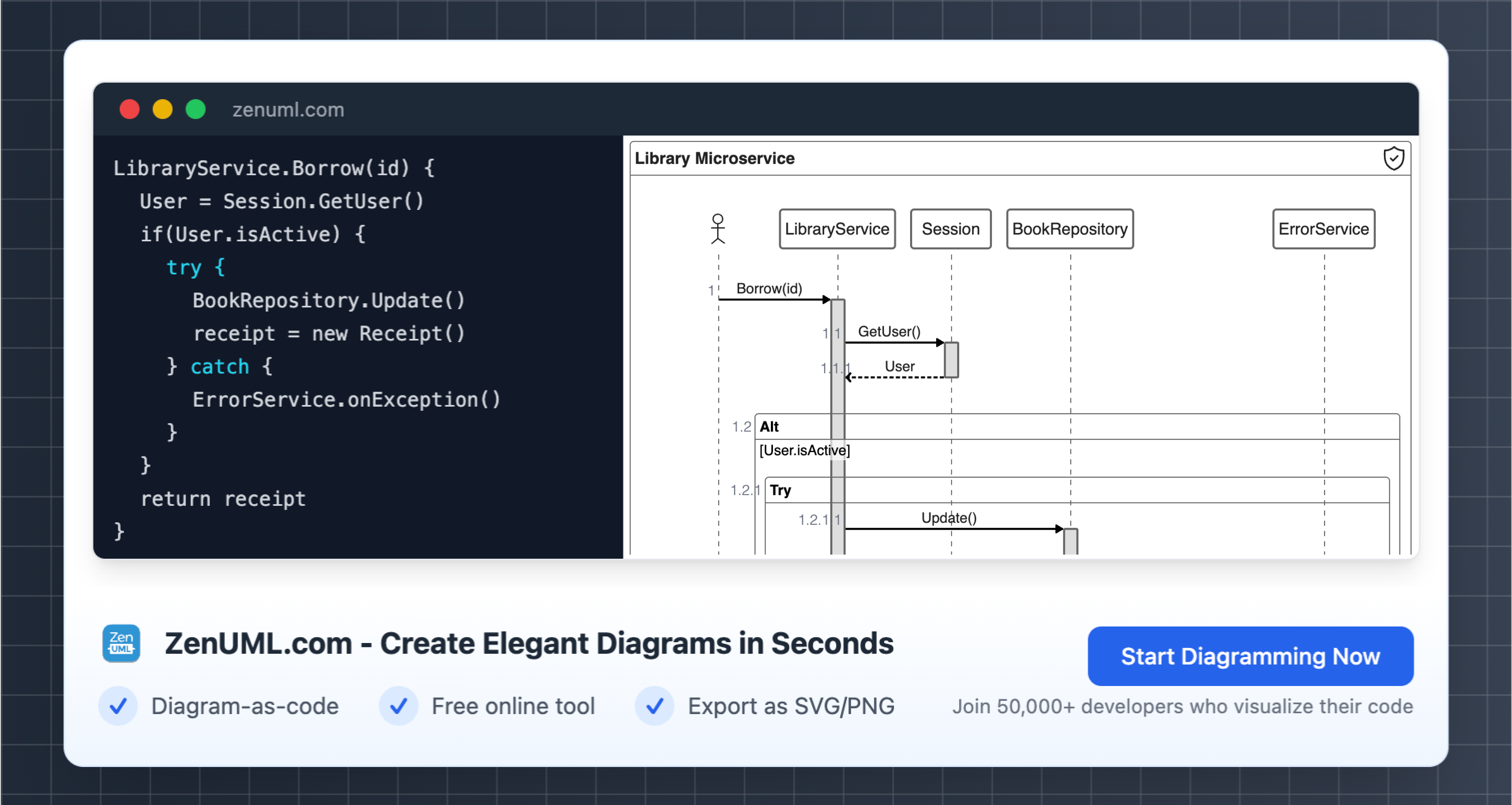Introduction
When it comes to designing and managing APIs, effective communication and collaboration are essential. One powerful tool that can help bridge the gap between developers, product managers, and stakeholders is the sequence diagram. Sequence diagrams provide a visual representation of the interactions between different components or entities within a system, making it easier to understand the flow of data and the order of events.
In this blog post, we will explore the benefits of using sequence diagrams to model and manage APIs, and provide practical examples to help you get started.
The Importance of Sequence Diagrams in API Management
APIs are the backbone of modern software development, enabling different systems and applications to communicate and share data. As the complexity of these systems grows, it becomes increasingly important to have a clear understanding of how the different components interact with each other.
Sequence diagrams can play a crucial role in API management by:
-
Facilitating Communication: Sequence diagrams provide a common language that can be understood by developers, product managers, and stakeholders. This helps to ensure that everyone involved in the API development process is on the same page, reducing the risk of misunderstandings and miscommunications.
-
Identifying Potential Issues: By visualizing the flow of data and interactions between different components, sequence diagrams can help identify potential bottlenecks, performance issues, or areas where the API might be vulnerable to errors or security breaches.
-
Documenting API Behavior: Sequence diagrams can be used to create detailed documentation of the API's behavior, making it easier for developers to understand and integrate with the API.
-
Enabling Collaborative Design: Sequence diagrams can be used as a tool for collaborative design, allowing different team members to contribute their ideas and provide feedback on the API's architecture.
-
Improving Maintainability: As APIs evolve over time, sequence diagrams can help maintain a clear understanding of the system's behavior, making it easier to make changes or updates without introducing unintended consequences.
Practical Examples of Using Sequence Diagrams in API Management
Let's dive into some practical examples of how sequence diagrams can be used to model and manage APIs.
Example 1: User Authentication Flow
Suppose you're designing an API that handles user authentication. A sequence diagram can help visualize the interaction between the client, the API, and the authentication service.

This sequence diagram illustrates the steps involved in the user authentication process, making it easier for developers and stakeholders to understand the flow of data and the responsibilities of each component.
Example 2: API Caching Mechanism
Another common scenario in API management is the use of caching to improve performance and reduce the load on the server. A sequence diagram can help visualize how the client, the API, and the cache interact.

This sequence diagram shows how the API checks the cache before fetching data from the database, and how the cached data is returned to the client when available.
Example 3: API Rate Limiting
Rate limiting is a common feature in API management, where the API limits the number of requests a client can make within a certain time frame. A sequence diagram can help visualize the rate limiting process.

This sequence diagram shows how the rate limiter checks the number of requests made by the client and either forwards the request to the API or returns a 429 Too Many Requests response if the rate limit is exceeded.
Example 4: API Versioning
As APIs evolve over time, versioning becomes an important aspect of API management. A sequence diagram can help visualize the process of handling different API versions.

This sequence diagram demonstrates how the API router determines the version of the API and forwards the request to the appropriate API version, allowing the API to evolve while maintaining backwards compatibility.
Conclusion
Sequence diagrams are a powerful tool in API management, providing a visual representation of the interactions between different components and enabling effective communication, collaboration, and documentation. By using sequence diagrams, you can identify potential issues, improve maintainability, and ensure that your APIs are designed and managed effectively.
As you continue to develop and manage your APIs, consider incorporating sequence diagrams into your workflow. They can be a valuable asset in ensuring the success of your API-driven projects.
We'd love to hear your thoughts and experiences with using sequence diagrams in API management. Feel free to leave a comment below and share your insights with the community.
Try ZenUML now!
Zenuml detailed feature roadmap available here.

